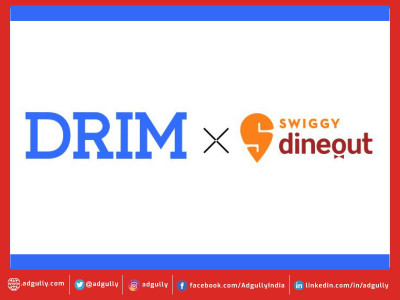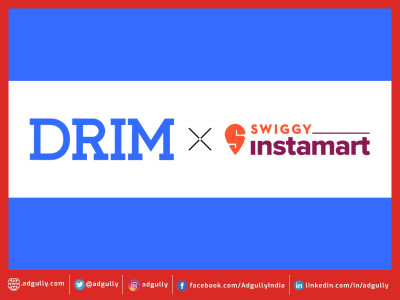Rise of Micro-Influencers: Tapping into Niche Audiences for Greater Impact
Authored by Yulia Aslamova, Head of Asia, DRIM Global
The days when marketers' only strategy for reaching their target audiences consisted of traditional celebrity endorsements are long gone. However, ever since we evolved in the age of social media, influencer marketing has grown in popularity as a way for many brands to engage with their target audience and boost sales. According to The Influencer Marketing Report 2022, 61.2% of brands have acknowledged the ability of influencer marketing to reach out to new audiences and increase brand awareness.
While historically companies have looked for macro-influencers with big followings, the rise of micro-influencers has emerged as a new trend offering a more genuine and successful strategy. In light of this, micro-influencers are proving to be an invaluable resource for businesses seeking to interact with particular consumers in a more meaningful and effective way, thanks to their niche followings and highly engaged communities. As a result, in a world where customers are bored with advertising and celebrity endorsements, brands are becoming more serious about working with micro-influencers to cut through the noise.
Micro-Influencer: Cognizance and Importance
Micro-influencers are individuals who have between 1,000 and 100,000 followers on social networks. As opposed to typical influencers, who frequently have millions of followers micro-influencers have considerably smaller yet extremely engaged audiences with related interests. These influencers specialize in one area of interest, such as gaming, fashion, fitness, or beauty. Due to the fact that micro-influencers frequently have more intimate contact with their followers, they can offer a more genuine and sympathetic approach to influencer marketing than macro-influencers or key opinion leaders because they have a more specific following. As a result, due to their higher social media engagement rates, micro-influencers have become a valuable resource for marketers wanting to reach a particular audience.
Micro-influencer marketing has grown in significance for brands in the ever-evolving world of digital marketing since it enables them to communicate more authentically with a highly targeted audience. By working with micro-influencers, modern marketers can tap into their engaged, niche followings and gain access to a more receptive audience. This can be especially helpful for companies that target a certain market or have a very specialized clientele. As a result, brands are becoming increasingly aware of the potential benefits of utilizing micro-influencers to generate results, raise brand awareness, and engage with their target audience. So, let's delve into some of the benefits of micro-influencers for creating a great impact on the audience.
Benefits of Collaborating with Micro-Influencers
Authenticity: Micro-
Cost-effective: There is no denying the fact that working together with micro-influencers frequently turns out to be an affordable marketing tactic. Unlike influential counterparts with massive followings, micro-influencers boast smaller, more intimate audiences. As a result, these micro-influencers sometimes charge reduced rates or accept product-based collaborations eagerly. Brands profit from such affordability, especially those with low marketing expenditures. Those who have the exceptional chance to engage with several nano-influencers, thereby boosting their reach and visibility across multiple platforms, By taking this route, marketers may achieve a significant return on investment while allowing audiences to purchase products that properly match their budgetary demands and personalized tastes.
High Engagement: Micro-influencers have a strong awareness of their target audience and cater to their special interests. They respond to comments and messages and actively participate in conversations, promoting community and loyalty. This enables brands to reach highly targeted markets that were previously untapped. According to a study by Influencer Marketing Hub, micro-influencers might have an average engagement rate of 7.2% due to their smaller following base, but influencers with more than 1 million followers only have an average engagement rate of 1.2%. As a result, by collaborating with micro-influencers, marketers can harness their expertise and knowledge to create content that resonates profoundly with their target demographic.
Micro-Influencer: The Future of Influencer Marketing
According to Statista, the Indian influencer marketing industry is projected to increase at a compound annual growth rate of 25% over the next five years. And among various trends, micro-influencers have certainly carved out a distinct niche for themselves, effectively exercising their influence on small but loyal audiences. By strategically partnering with micro-influencers who align with their brand values, businesses can leverage their influence to create effective marketing campaigns that resonate with their target audience. Thus, as the digital landscape continues to evolve, micro-influencers will likely play an increasingly vital role in shaping the future of influencer marketing.










Share
Facebook
YouTube
Tweet
Twitter
LinkedIn